By Chuck Kellner
December 1, 2022
The legal industry has earned its cautious reputation to “watch and wait” before adopting technology. But forward-looking organizations, the companies we work with and in the world around us, can’t move slow on technology adoption. The proliferation of digital media enables more ways to communicate faster and more effectively, and the implications for the legal industry are staggering.
To thrive, legal professionals need to keep their eyes on the horizon, track emerging trends, anticipate their impact, and prepare for the ever-changing new world.
As we look to 2023, we have identified five emerging legal tech trends. Some are precise changes, some more general trajectories than exact destinations. But all of them will shape the future of litigation and legal investigations in the years ahead.
5 Legal Tech Trends to Watch in 2023
1. The Cloud Cleaves Legal into a Growing Divide, with Risky Consequences
The contrast between those who do and don’t adopt the cloud will become even more apparent with greater economic headwinds in 2023. Leaders who have adopted cloud-based ediscovery solutions have an advantage in an industry based on time: Those in the cloud can generally move faster, collaborate in real time, and work more efficiently than their counterparts using on-premises ediscovery tools.
The choice between a cloud or on-premises ediscovery solution can have consequences to risk stance, impacting an entire legal organization from deployment, costs, efficiency, and future viability. For example, those who haven’t adopted cloud solutions may put their clients and business at risk by employing manual or disjointed processes. What organization can afford to be steps behind the competition?
2. Death of the Document: What Constitutes a Document Will Evolve as Evidence Takes on New Forms
The concept of the document – especially a printed one – is becoming outdated fast. Focusing ediscovery only on documents puts a spotlight on the container rather than the actual content. As this trend evolves, context and collaboration take on bigger roles in identifying what evidence is important. For example, transactional databases, long-running Slack conversations, and multimedia like recurring Teams meetings with attachments and changing participants become the new unit of measure, instead of the “four corners” of a document.
Evidence is no longer confined to documents or email. Enterprise chat platforms like Slack and Teams are becoming equal players in ediscovery employees seek out an easier way to communicate in real time for simple matters.
3. Lawyers Will Drop the Expectation That Every Document Requires Human Review
Lawyers have a larger burden now more than ever to scan, sort, and review before they start their evaluation, with cases often involving millions and tens of millions of pieces of evidence. Volume makes it both difficult and financially prohibitive for humans to review every piece of evidence, and practically we don’t need human eyes on every single document. Technology advances are making it possible to shrink the data pool needed for review, allowing legal teams to make informed decisions based on key insights quickly extracted from data.
Not only must legal teams overcome their fear of not having overturned every rock, but they’ll also need to educate clients why it’s unnecessary. This trend demands new ways to analyze discovery data: collect all the evidence, perform early case assessment, and then cull and evaluate it.
4. Data Is Increasingly Testifying from the Stand
Well, not entirely — evidence will still need witness testimony to introduce and authenticate. But Fitbits, bodycams, Rings, Apple Watches, and cell phones will soon form, in essence, a cocoon of data around each of us. That data will provide litigators with enough “eyes, ears and even heartbeats” to enhance our understanding of the context in every case and even help identify new witnesses.
“Every minute of every day, everywhere on the planet, dozens of companies — largely unregulated, little scrutinized — are logging the movements of tens of millions of people with mobile phones and storing the information in gigantic data files,” write the journalists Stuart A. Thompson and Charlie Warzel.
Our digital footprint will increasingly become the evidence in cases, with data that tracks our movements, purchases and actions in the world, and how we then interact with others in a larger digital ecology. Legal teams are beginning to link the data footprint with the bigger context as well.
5. AI May Not Be Sentient (Yet), But It’s Smart Enough to Put Your Dark Data to Work
True discovery will be found through AI and advanced data analytics, by assigning more tasks to AI. Organizations are awash with dark data. In the legal world, dark data can be a treasure trove for the finding.
What was once thought of as a burden of data is now either an asset or a risk in the age of AI: in those dark spaces there are breadcrumbs for AI to follow. AI has the cycles to mine insights from vast quantities of data and uncover patterns in the haystack. This may finally fully unlock the value of dark data to chart a faster path to the truth.
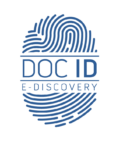

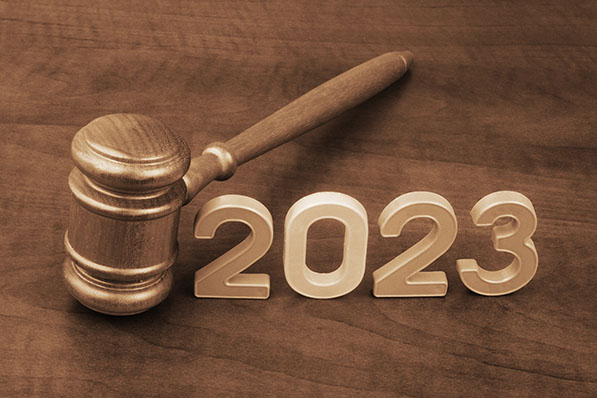
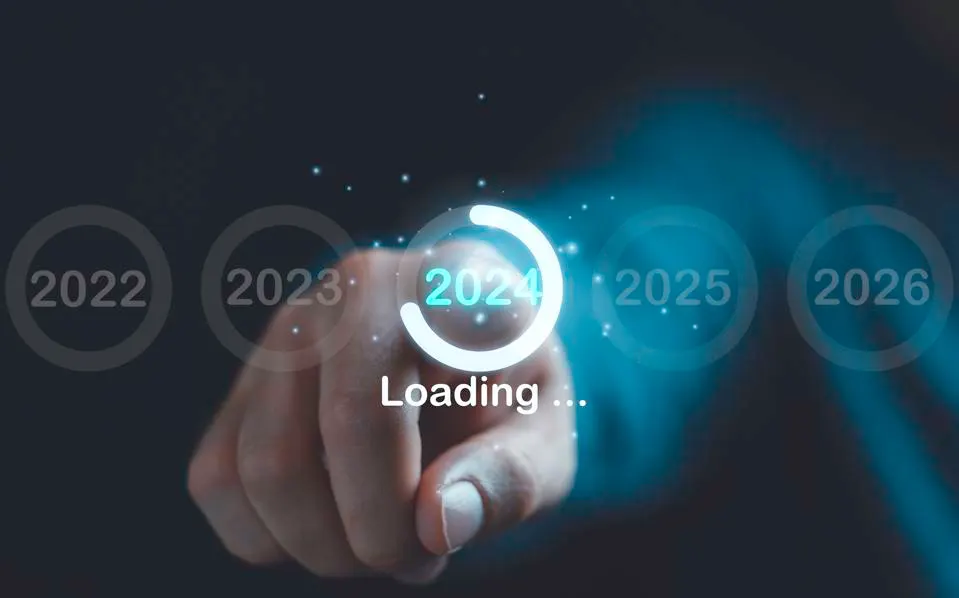
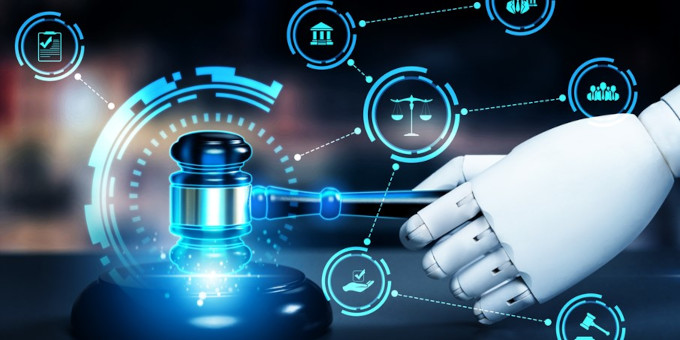

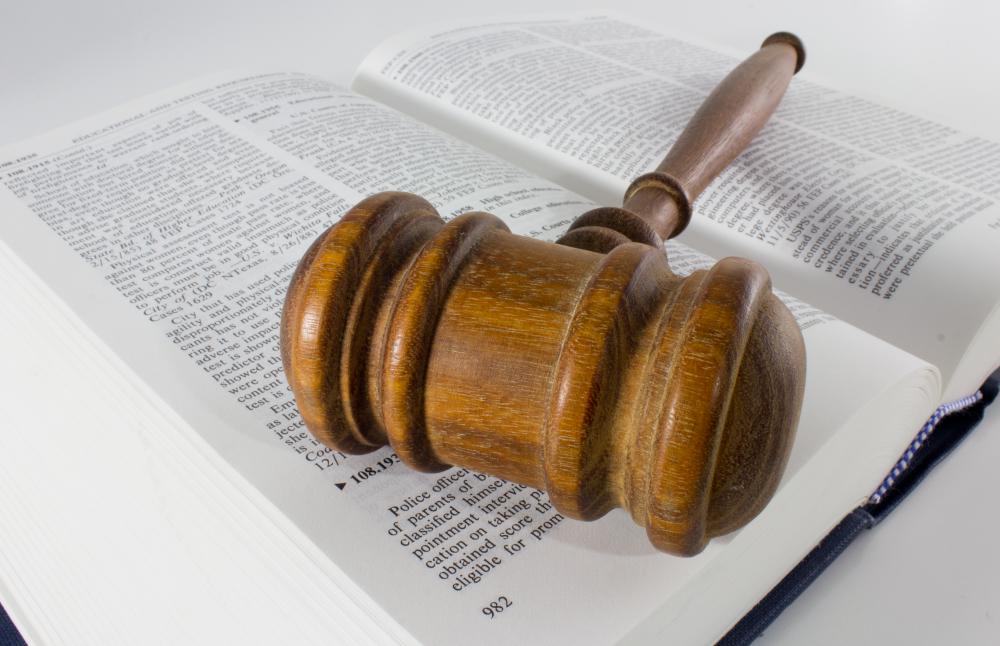
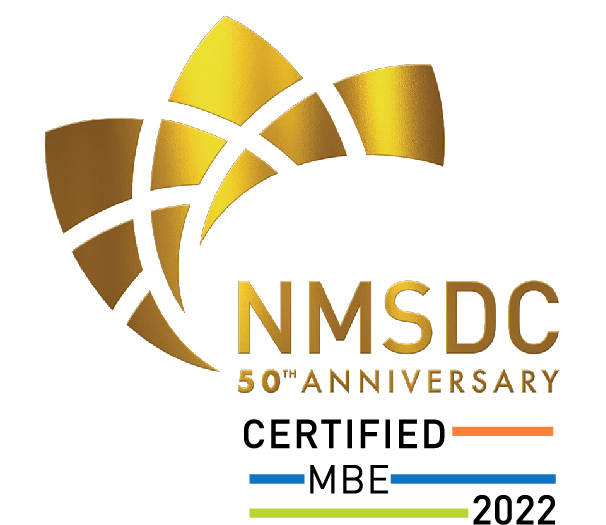
Leave A Comment